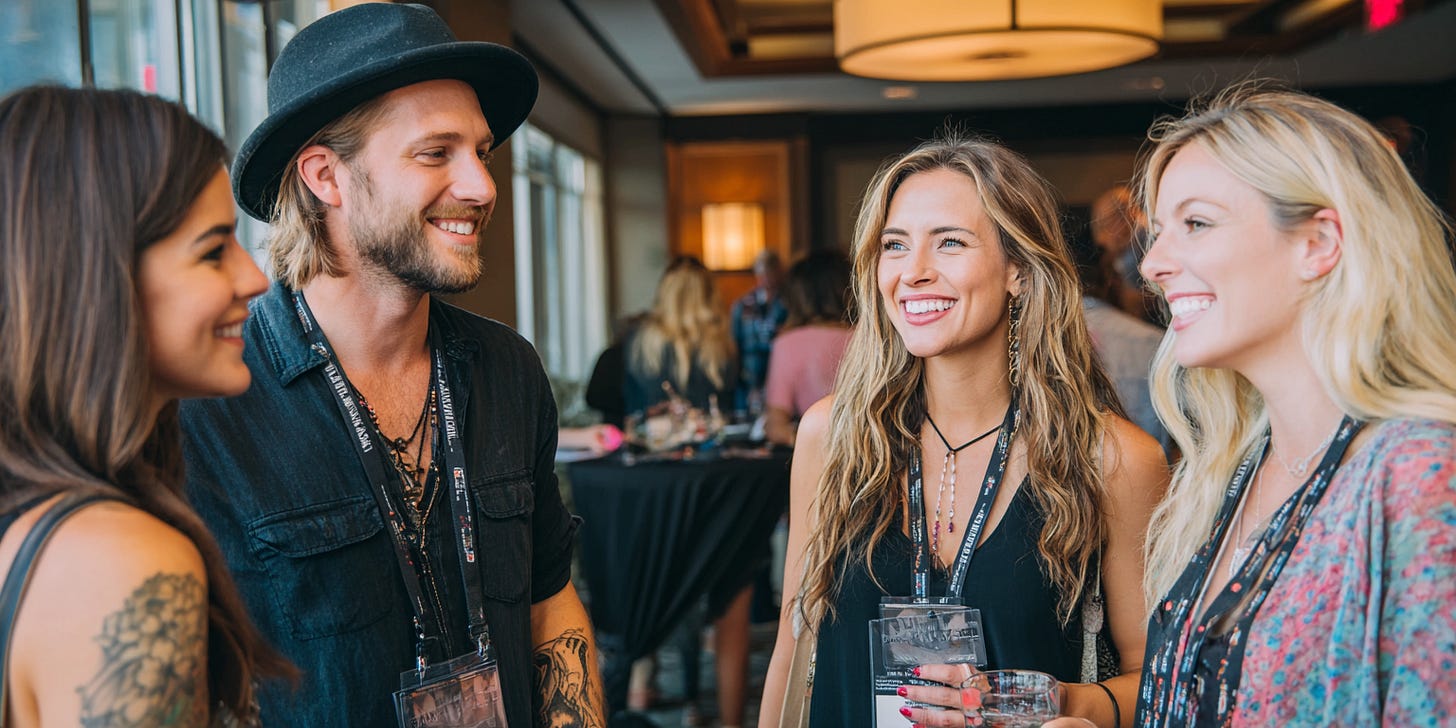Main Character Energy Is Now a Marketing Strategy
Welcome to the age of Main Character Branding - where the smartest brands don’t build messages, they build mirrors.
You’re Not the Hero. They Are.
Once upon a time, brands wanted to be the star. They built glossy narratives. Showed off the product. Told customers what to believe.
That era is over.
Today’s consumers don’t want to watch your story.
They want to star in their own.
So What Is "Main Character Energy"?
Main Character Energy is the cultural vibe of living your life like it's a movie, romanticizing the small stuff, feeling like everything is part of your story arc, and seeing yourself as the hero.
It’s not narcissism. It’s narrative identity.
It’s how people — especially Gen Z and younger Millennials — make sense of who they are in a chaotic world.
They document their lives like scenes. Choose brands like props.
Every purchase, every post, every moment is part of their personal movie.
And brands that understand this?
They’re not selling products. They’re providing plot points.
1. The Signal → What’s Happening
On TikTok and Instagram, “main character energy” is everywhere. It’s a cultural shorthand for romanticizing your life — imagining yourself in a movie, soundtrack and all.
Brands have started to adopt this vibe.
Instead of pushing their story, they’re creating campaigns, products, and social content that slot you into the starring role.
Glossier: You’re not buying makeup — you’re becoming the effortlessly cool girl in your own film.
Nike: Still about greatness, but now it’s your story, your hustle, your hero’s journey.
On Running: Cinematic visuals that feel like a wellness dream sequence — you, but with more endorphins and better shoes.
2. The Relevance → Why It Matters
If you're building a brand — especially in lifestyle, wellness, fashion, or services — this shift is critical.
People don’t want your narrative. They want tools, aesthetics, and energy that upgrade theirs.
Your brand isn’t a destination. It’s a stage.
If you're still leading with logos, benefits, and corporate storytelling… you're background noise.
3. The Insight → What It Means
Narrative control is gone.
The consumer is now the director, actor, and screenwriter.
Your job is to give them the props.
This is less about storytelling, more about story-shaping.
Winning brands today create emotional scaffolding that people can project their identity onto.
This isn’t “personalization.” It’s emotional co-authorship.
4. The Shift → What’s Changing
From brand-centric to customer-centric
From static narratives to user-driven story arcs
From polished ad campaigns to cinematic, lo-fi, identity-first content
Culture today is about self-performance.
People aren’t just consuming content — they are the content.
Your brand has to support that performance, not interrupt it.
5. The Opportunity → Where to Win
✅ Design for self-expression
Help customers feel like the main character — through visuals, tone, product design, and storytelling.
✅ Create world-building assets
Make your brand world feel like something people want to enter, inhabit, and repost.
✅ Be lo-fi cinematic
Think: mood, vibe, scene — not message, call to action, or polished pitch.
✅ Support the archetype
Understand the emotional archetypes your audience plays in their life (e.g., rebel, hero, healer, explorer), and give them tools to play it better.
6. The Moves → What To Do Now
Audit your brand narrative. Who’s the hero — you or them?
Shift your social tone. Speak like a friend documenting the journey, not a brand shouting from the hilltop.
Create “story assets.” Design visuals, sounds, or phrases that feel shareable in a personal way.
Use lo-fi and cinematic formats. Story-first video. Filmic photography. Soundtrack vibes. Emotional B-roll.
Test POV flips. Try saying less about what your product is, and more about who the customer gets to be when they use it.
In a world full of content, the main character wins.
Help your customers see themselves that way — and your brand becomes unforgettable.
psst, like this format? I created a new format for Briefs, short, sharp, insightful, and practical. Let me know if you want more of it.



